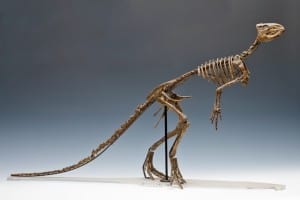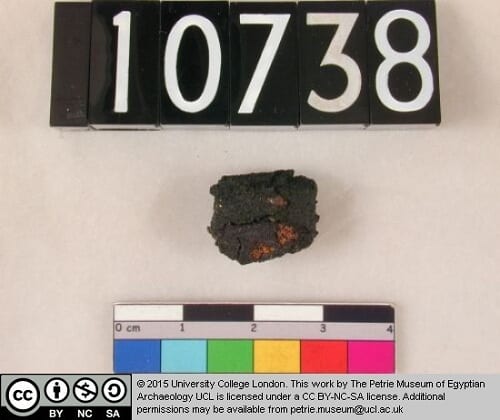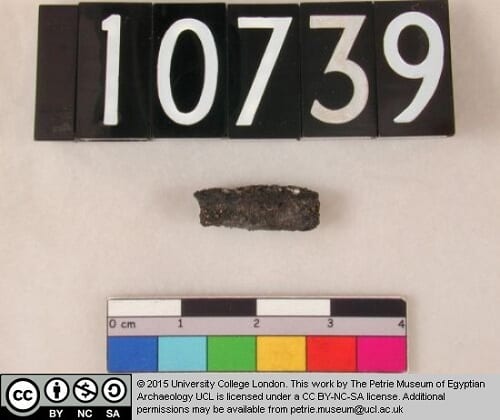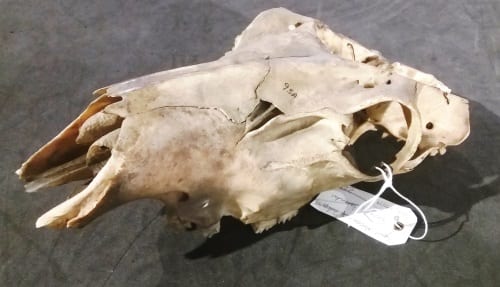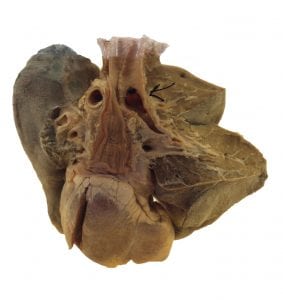Object of the Week 375: Tomás Harris, Self-Portrait, c.1951
By Andrea Fredericksen, on 22 February 2019
Today’s entry has been written by Emeline Kaddour, as part of her History of Art Material Studies (HAMS) placement at UCL Art Museum. During her placement Kaddour catalogued our Tomás Harris holdings in preparation for a pop-up exhibition and lecture by Inigo Jones, freelance writer, on ‘Who was Tomás Harris?’ The event was well-attended, and included Neil MacGregor, founding director of the Humboldt Forum in Berlin and former director of the National Gallery and British Museum.
Today’s object of the week is a self-portrait by the artist, art dealer, collector, writer and double-spy Tomás Harris (1908-1964). It is owned by the UCL Art Museum as part of a larger collection of Harris’ works which include an early drawing, 15 prints (8 of them were recently accessioned), 26 printing plates and an oil painting. The museum also holds Goya prints that were formerly part of Harris’ own print collection.
 Close
Close



